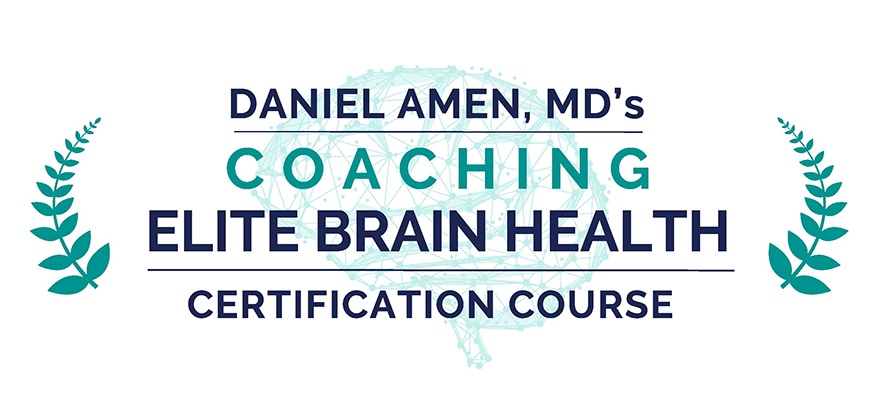
Any coach who has spent time in the trenches has seen a familiar pattern. A client lights up with enthusiasm, agrees to a plan, and promises to follow through. Then the next session arrives, and they quietly admit that nothing happened. It leaves you wondering how someone can want change so much and still struggle to take the next step.
The answer often sits inside the brain. When you understand how the brain processes risk, emotion, and habit, the coaching process becomes smoother. Resistance stops feeling mysterious, and client progress becomes easier to support with patience and precision.
Contents
Why Using A Brain Lens Improves Coaching Results
You do not have to become a neuroscientist to coach with brain awareness. What you need is a simple working map of the brain’s main jobs. With that map, your guidance becomes more realistic and more attuned to how people actually change.
The Brain Prioritizes Safety First
Your client’s goals might sound inspiring, but their brain cares most about staying safe, conserving energy, and avoiding embarrassment or failure. Even positive change can feel threatening when it disrupts familiar routines. When clients stall or backtrack, their brain may be trying to protect them from something that feels uncertain.
With this perspective, the question becomes, “What part of this change feels unsafe or overwhelming to their brain?” That simple shift opens space for compassion and problem solving.
Different Brain Systems Shape Client Behavior
A few basic ideas can clarify many coaching challenges:
- Prefrontal cortex: Supports planning, organization, and self control. When it is tired or stressed, clients may forget tasks or lose momentum.
- Limbic system: Handles emotion and threat detection. When it becomes overactive, clients may feel anxious, avoidant, or stuck.
- Motivation circuits: Help kick start tasks. When these circuits are sluggish, procrastination becomes a regular visitor.
Seeing behavior through this lens helps you guide clients without blaming personality or character.
Strengthening Motivation With Brain-Friendly Strategies
Motivation grows when the brain feels safe and capable. When change feels too big or risky, motivation fades. You can help clients lower the pressure and raise their sense of possibility.
Start With Changes That Feel Comfortable Enough
The brain reacts strongly to anything that feels uncertain. To ease this alarm system, you can:
- Normalize hesitation and reassure clients that slow progress is still progress.
- Break goals into tiny tasks that feel doable, not intimidating.
- Encourage experimentation rather than all or nothing commitments.
When the brain feels calm, it becomes far more willing to try something new.
Help Clients Notice Wins Instead Of Only Missteps
Many clients naturally focus on what they did not accomplish. This teaches the brain that growth equals disappointment. You can counter this by guiding them toward small wins.
- Highlight specific actions they completed between sessions.
- Use simple trackers to make progress visible in real time.
- Encourage small rewards that match the client’s personality.
These practices strengthen new habits by connecting them with positive reinforcement.
Helping Clients Understand Their Own Brain Patterns
When clients learn how their brain naturally operates, they stop asking, “What is wrong with me?” and start asking, “How can I support the way my brain works?” This mindset shift is often a turning point.
Reframing Brain Tendencies As Patterns, Not Problems
Everyone has cognitive tendencies. Some people think in big pictures, others in details. Some feel flooded by emotion, while others shut down under stress. These variations are completely normal.
You can help clients recognize their patterns and use them wisely. For instance:
- Someone who feels deeply may excel at empathy but need grounding practices during stressful transitions.
- Someone who acts quickly may shine during new projects but need tools for pacing and consistency.
Seeing these traits clearly gives clients more choice and control.
Encouraging Simple Habits That Support Brain Function
You do not need major lifestyle overhauls to improve brain performance. Small habits can boost clarity, steadiness, and emotional balance. You might suggest:
- Keeping a steady bedtime routine whenever possible.
- Taking short movement breaks to refresh concentration.
- Using calming breaths or mini-pauses when stress rises.
These habits strengthen the brain systems that make change achievable.
Brain-Friendly Solutions For Common Coaching Challenges
Many coaching obstacles share the same roots. When you understand the brain’s priorities, your interventions become clearer and more effective.
When Clients Struggle To Let Go Of Old Habits
Old habits often feel safe because they have helped the client cope in some way. You can help by:
- Asking what comfort or protection the habit provides.
- Identifying healthier alternatives that meet similar needs.
- Using simple mental rehearsal so the new pattern feels more familiar.
When Procrastination Runs The Show
Procrastination often signals a stressed or overwhelmed brain. Instead of pushing harder, try:
- Choosing a micro-action that requires only a few minutes.
- Pairing the task with something enjoyable to lighten the mood.
- Scheduling activities during the client’s natural energy highs.
When Emotion Takes Over The Session
Intense emotion means the limbic system is driving. Logical planning rarely works in that moment. You can help by:
- Slowing the conversation and checking in with their physical sensations.
- Using grounding tools like sensory awareness or steady breathing.
- Offering validation before asking your next coaching question.
Developing As A Coach Who Understands The Brain
You do not need to memorize scientific charts to coach with brain awareness. What matters is curiosity and a willingness to link behavior with biology.
Many coaches build their skills through books, workshops, or more structured training centered on brain health and behavior change. Any path that helps you turn brain science into practical tools is worth exploring.
When you pair brain knowledge with your existing coaching strengths, you reach a deeper level of support. You are not just setting goals. You are helping clients understand the inner workings that drive their choices. That is where growth becomes durable and meaningful.

